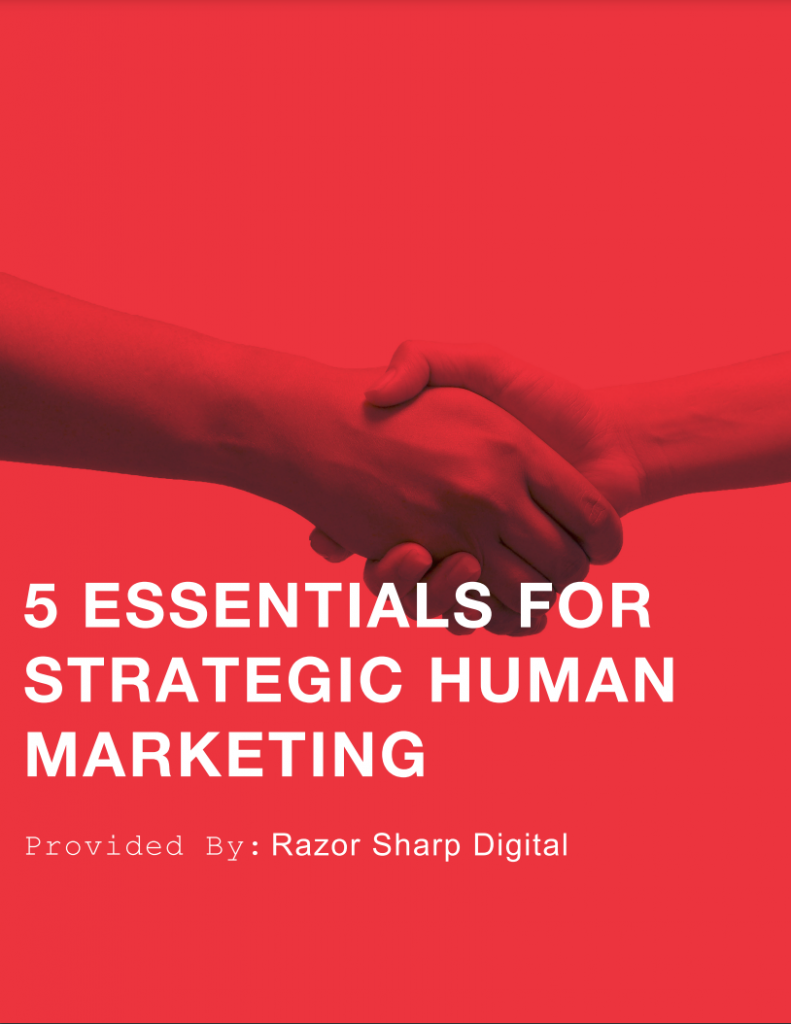Embracing Accessibility by Designing Websites for All Users
It’s easy to overlook the importance of accessibility in website design. Yet, ensuring that websites are accessible to all users, regardless of their abilities or disabilities, is not just a legal obligation—it’s a moral imperative and a crucial aspect of user experience design. In this blog article we dive into different ways you can embrace accessibility by designing websites for all users.

It’s easy to overlook the importance of accessibility in website design. Yet, ensuring that websites are accessible to all users, regardless of their abilities or disabilities, is not just a legal obligation—it’s a moral imperative and a crucial aspect of user experience design.
The Significance of Web Accessibility
Web accessibility refers to the practice of ensuring that websites and web applications are usable by people of all abilities. This includes individuals with visual, auditory, motor, cognitive, or other disabilities. While accessibility initiatives often focus on accommodating people with disabilities, they also benefit users without disabilities, such as those using older devices, slow internet connections, or temporary impairments.
Inclusivity and User Satisfaction
One of the primary reasons to prioritize web accessibility is to foster inclusivity. Every individual, regardless of their abilities, deserves equal access to information and services provided online. By making websites accessible, we empower everyone to participate fully in the digital realm, whether it’s browsing content, making purchases, or engaging with online communities.
Moreover, accessibility directly impacts user satisfaction. A website that is challenging or impossible to navigate for users with disabilities can result in frustration, exclusion, and ultimately, loss of potential customers or readership. Conversely, an accessible website provides a seamless and enjoyable experience for all users, enhancing engagement and loyalty.
Implementing Accessibility Features
Creating accessible websites involves incorporating various features and design principles that cater to diverse user needs. Here are some key considerations and best practices:
Proper HTML Semantics
Using semantic HTML markup is fundamental to web accessibility. Semantic elements, such as <nav>, <header>, <main>, <footer>, <article>, etc., provide structure and context to web content, making it easier for assistive technologies and screen readers to interpret and navigate the page accurately.
Keyboard Navigation
Ensure that all interactive elements on the website are accessible via keyboard navigation. Many users rely on keyboards instead of mice, including those with motor impairments. Therefore, it’s essential to make sure that users can navigate through menus, links, forms, and other interactive elements using only the keyboard.
Contrast Ratios
Maintaining sufficient color contrast between text and background is crucial for readability, especially for users with visual impairments or color blindness. Aim for a minimum contrast ratio of 4.5:1 for normal text and 3:1 for large text. There are various online tools available to check and adjust contrast ratios accordingly.
Alternative Text for Images
Providing descriptive alternative text (alt text) for images is essential for users who rely on screen readers to understand the content of a webpage. Alt text should succinctly describe the purpose or content of an image, conveying the same information that sighted users would perceive.
Current Trends in Accessible Web Design
As technology evolves, so do the strategies and tools for enhancing web accessibility. Here are some current trends and advancements in accessible web design:
Integrating Voice Commands
Voice user interfaces (VUIs) are gaining popularity as a means of interaction, particularly among users with mobility or vision impairments. Integrating voice commands into websites allows users to navigate, search, and interact with content using speech recognition technology. Providing voice-controlled options alongside traditional input methods enhances accessibility and user convenience.
Improving Screen Reader Compatibility
Screen readers are assistive technologies that convert visual content into speech or braille output for users with visual impairments. Improving compatibility with screen readers involves optimizing HTML markup, ensuring proper labeling of form elements, and providing ARIA (Accessible Rich Internet Applications) attributes to enhance the accessibility of dynamic content and interactive elements.
Addressing Color Blindness Considerations
Color blindness affects a significant portion of the population, making it challenging for some users to distinguish between certain colors. Designing with color blindness considerations involves using color palettes that maintain sufficient contrast and avoiding relying solely on color to convey information. Additionally, providing alternative indicators, such as patterns or symbols, can help users with color vision deficiencies navigate and understand content more effectively.
Embracing accessibility in website design is not just a compliance requirement—it’s a fundamental aspect of creating inclusive and user-friendly digital experiences. By implementing accessibility features such as semantic HTML markup, keyboard navigation, contrast ratios, and alt text for images, we can ensure that our websites are usable by people of all abilities. Furthermore, staying abreast of current trends in accessible web design, such as integrating voice commands, improving screen reader compatibility, and addressing color blindness considerations, allows us to continuously enhance the accessibility and inclusivity of our online platforms.
Let’s commit to designing websites that welcome and serve all users, regardless of their abilities or disabilities.
Find out why your website may not be accessible by all users
Let's get connected!

Download for FREE TODAY!
Stay in touch with us!
Get all the latest content, news, and digital marketing insights to help you humanize your brand.
Categories
- Advertising (1)
- AI (3)
- Anchor.FM (1)
- Audio (2)
- Company Culture (1)
- Digital Marketing (15)
- Facebook (3)
- General (1)
- Instagram (2)
- Launch (1)
- Marketing (25)
- Paid Media Campaigns (8)
- SEO (12)
- Snapchat (1)
- Social Media (35)
- Storytelling (1)
- Twitter (1)
- Uncategorized (1)
- Video (2)
- Website Development (13)
We Are Your Human-Centric Marketing Partner
Your company needs humanization and personalization in order for it to thrive and grow. Our systematic, strategic, and seasoned approach will help you thrive and grow. Let’s discuss ways we can help your business become more human-centric so you can dominate.







